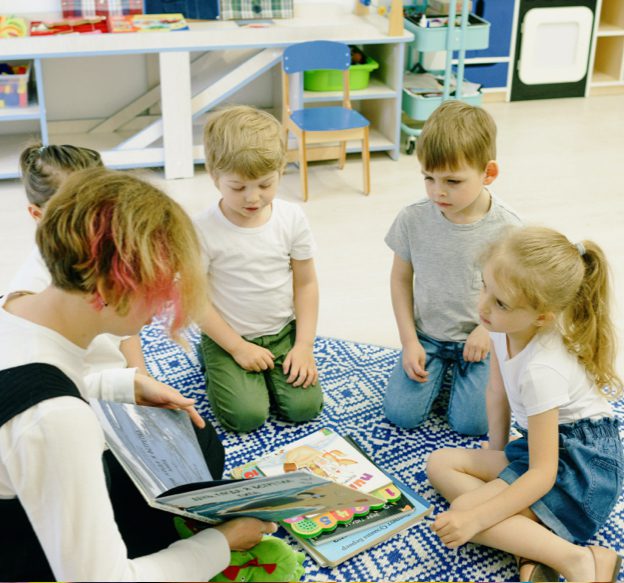My favorite part about conferring with students was that I got to be me. As a teacher, so much of my day was prescribed. Even though I believed in most of the curricula I was using, it wasn’t my own. Some of it was scripted and even the parts that weren’t had to be “implemented with fidelity.” And as such, so much of my day felt like I was on a stage, reading lines of a script that someone else had written for me. This is why I came to love conferences.
Conferences are not easy to implement, I’ll give you that (let us know if you want some tips on implementation!). But once implemented, they were the best part of my day because they presented a small window where I could be the teacher I really wanted to be. Here’s what I mean by that:
Conferences are really nothing more than a conversation between two readers. I’m a reader. You’re a reader. Let’s talk about reading. This, first and foremost, helped me build authentic relationships with my students. I got to learn about their interests, how to motivate them, what they loved about reading, and what intimidated them about reading. And they got to learn about me. These connections became invaluable and were the basis for building mutually respectful and authentic connections.
To ensure you and your students get this same benefit from conferences, make sure you avoid going into conferences with an inflexible agenda. As Carl Anderson recommends in his book, “How’s it Going?”, start with an open-ended question and follow the student’s lead.
If this sounds scary to you, I get it. But letting your students lead the way, doesn’t mean you don’t prepare. It means you prepare for everything. This is another point I loved about conferring with my students. I had to rely on my own expertise, and I found this exciting and reinforcing. I was finally able to draw on all my training and experience and teach my way. I loved the feeling of satisfaction when a student would present me with an obstacle they were facing, and I could reach down into my toolkit and pull out exactly what they needed. And even if I didn’t know what that tool was, I was able to say “As a reader, I am going to think a little more about this and I’ll come back to you tomorrow with some ideas. Why don’t you do the same and we’ll see what we can come up with together.” How human, right?
While I loved this part of conferring with my students, I am not going to pretend that it was easy. The key to being prepared for anything is to be incredibly organized. I used a small 3-ring binder to keep track of all my conferences and notes. On the top page, I had a simple spreadsheet or table that included all of my students’ names on the left and most of the reading skills I wanted to teach on the top. Depending on where you teach, and what your requirements are, these could be state standards or reading strategies. This served as my “at a glance” organizer and allowed me to quickly reference (1) which students I needed to confer with, (2) what the focus of the last conference was, and (3) what categories of reading skills I needed to keep fresh in my head. You can see a sample on page 161 of “How’s it Going?” for a great example (it’s a writing example but it’ll do the trick).
The rest of my binder was filled with one (to start) blank page for each student. After each conference, I would take 30 seconds to write down what we talked about so I could keep track of each student’s progress. This was a great way to monitor progress over time and to make sure I could reference previous conversations, making my students feel heard and valued.
Finally, I loved conferences because they had the illusion of exclusivity while being wildly inclusive. Even though my feedback for each individual student was meant specifically for them, there was always another student close by who could take something from it. Using the loud whisper during conferences is a great way to get the best bang for your buck – keeping the illusion of 1:1 time but allowing others to listen in and learn.

